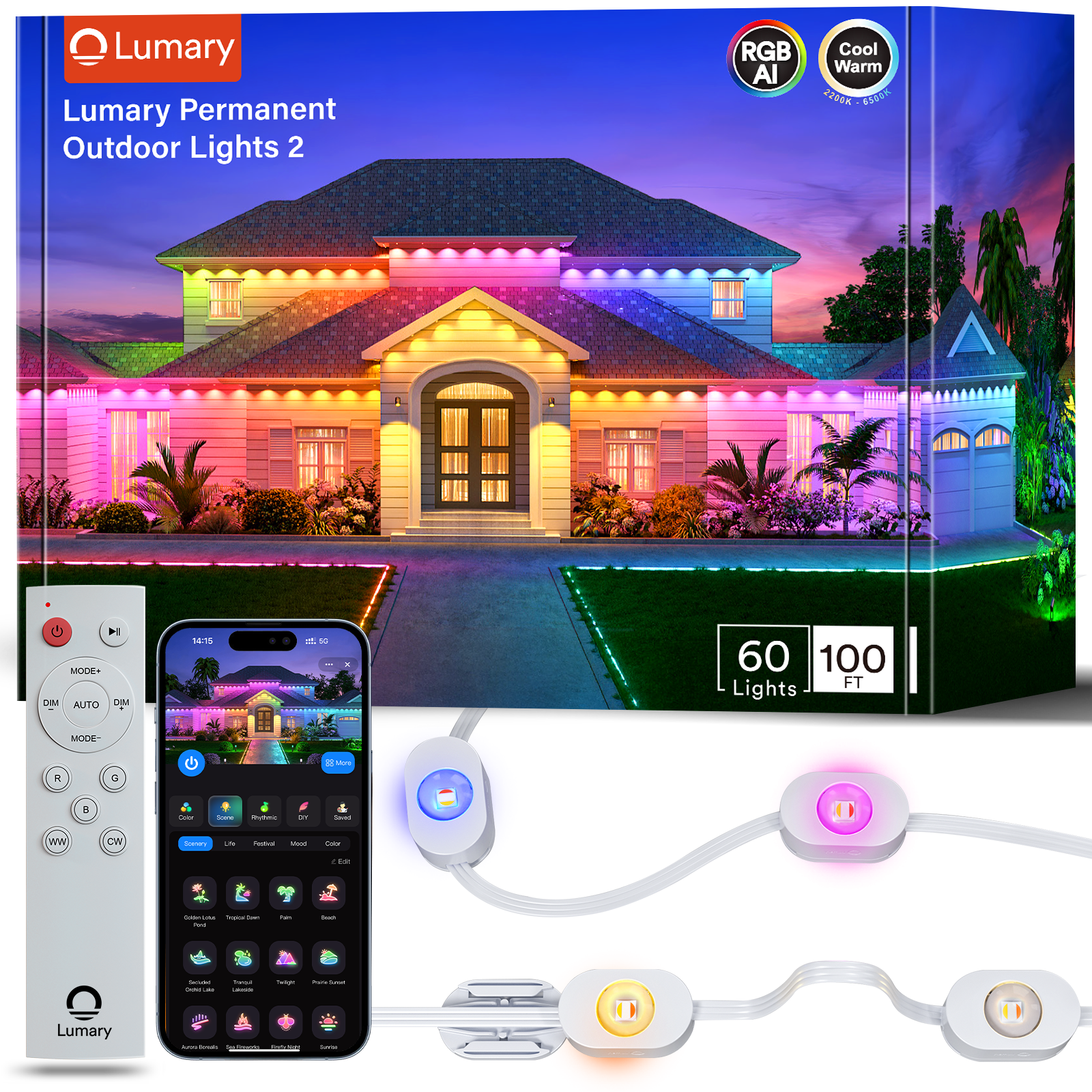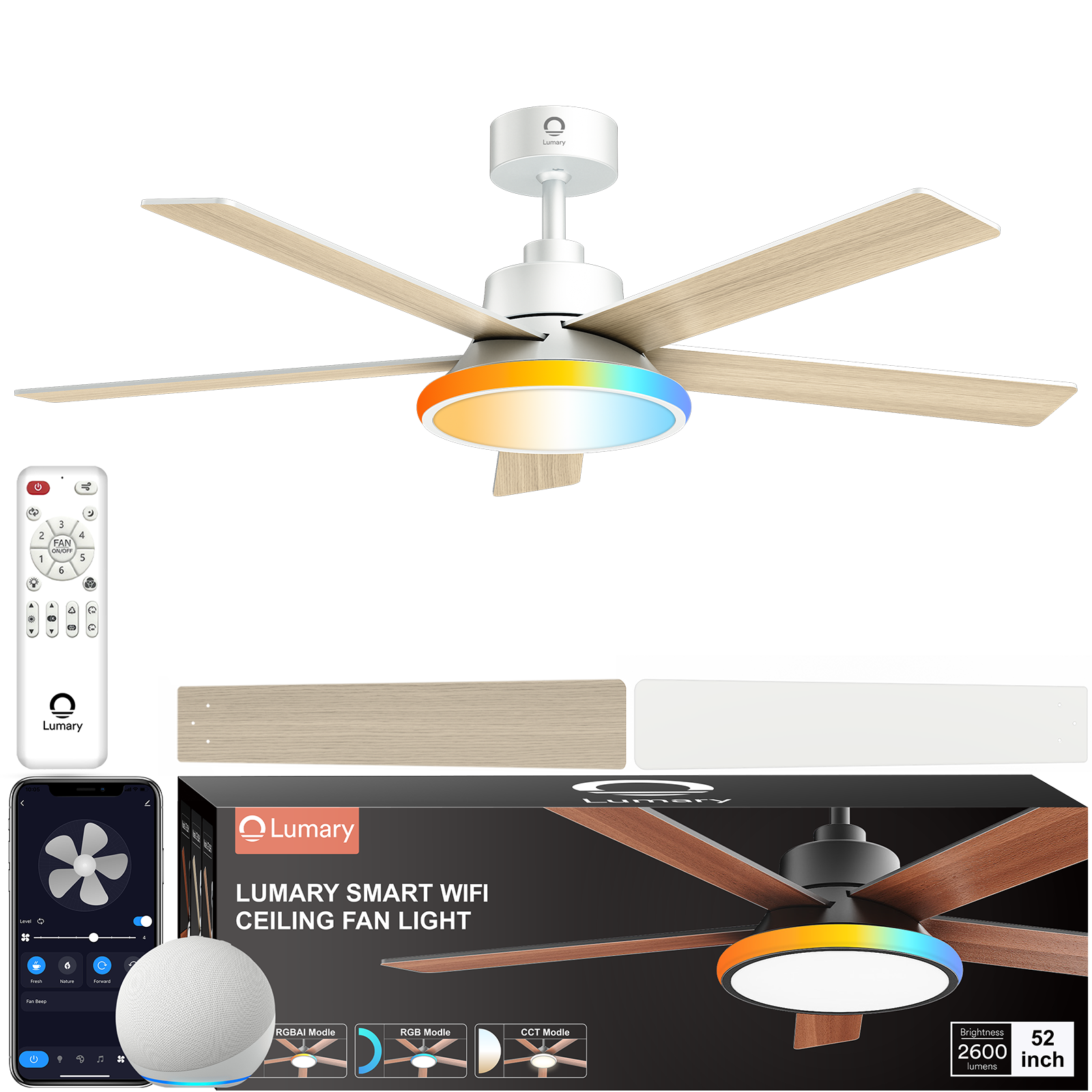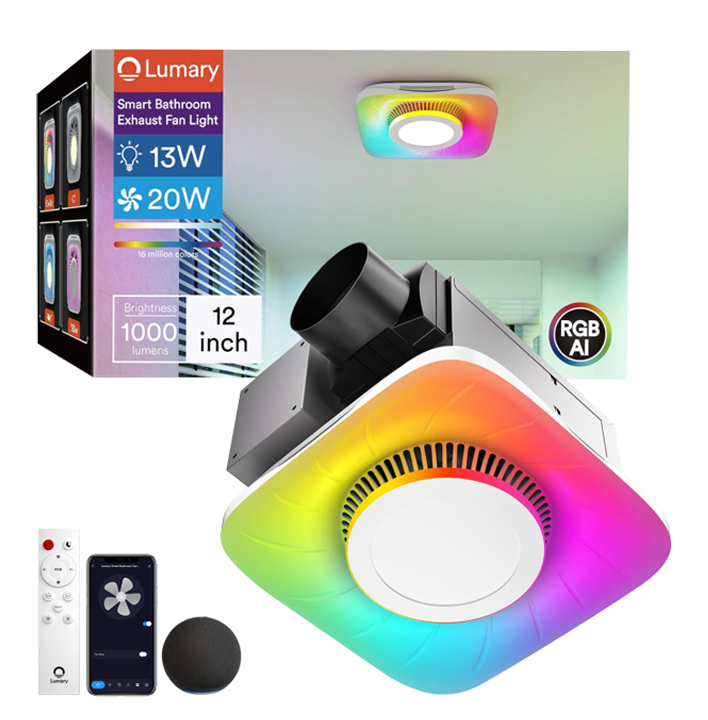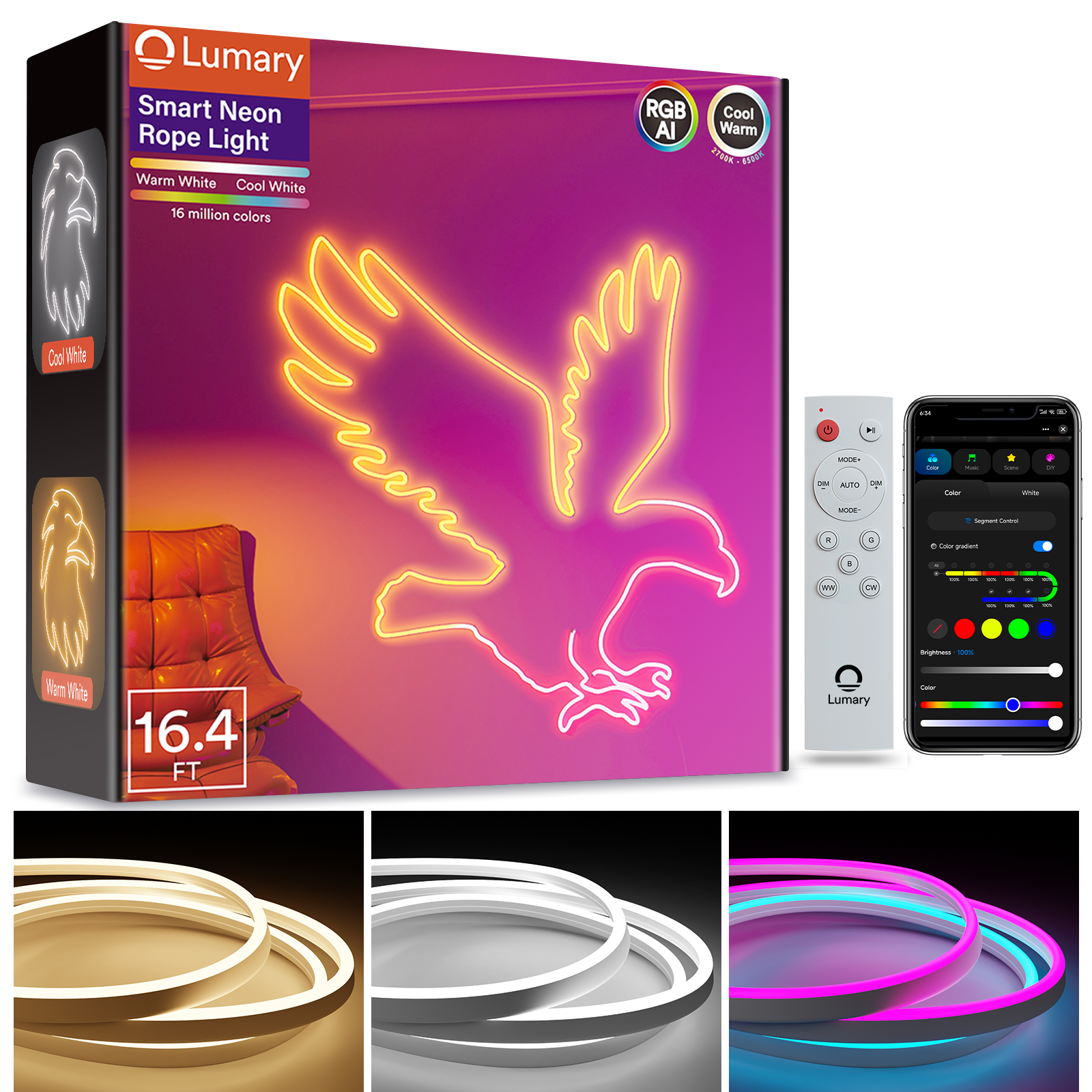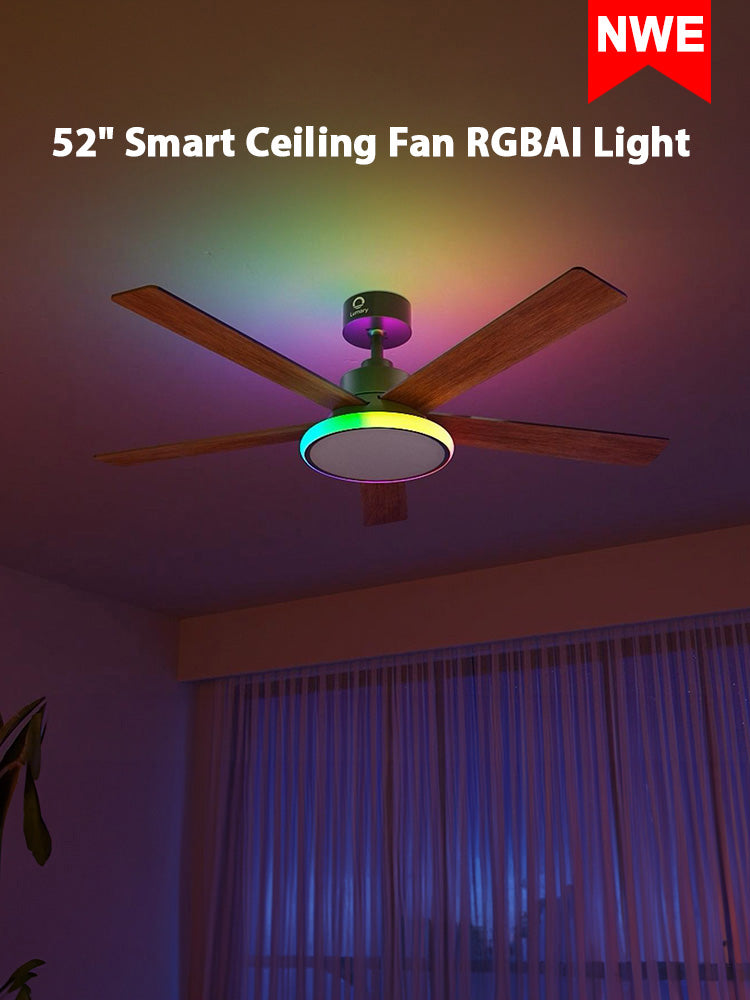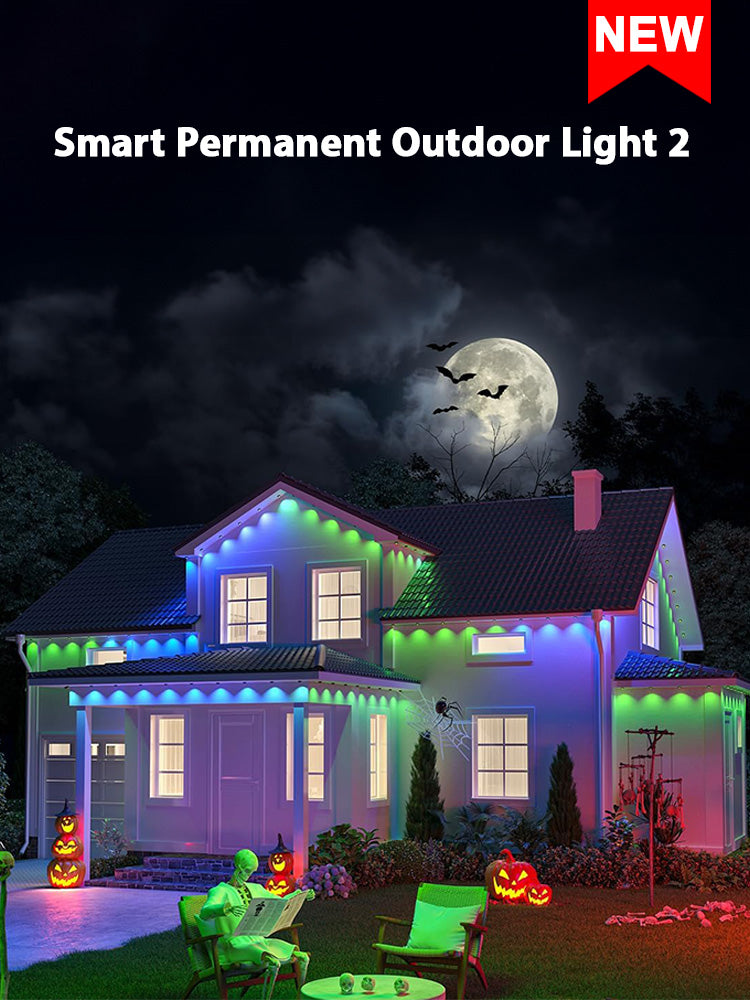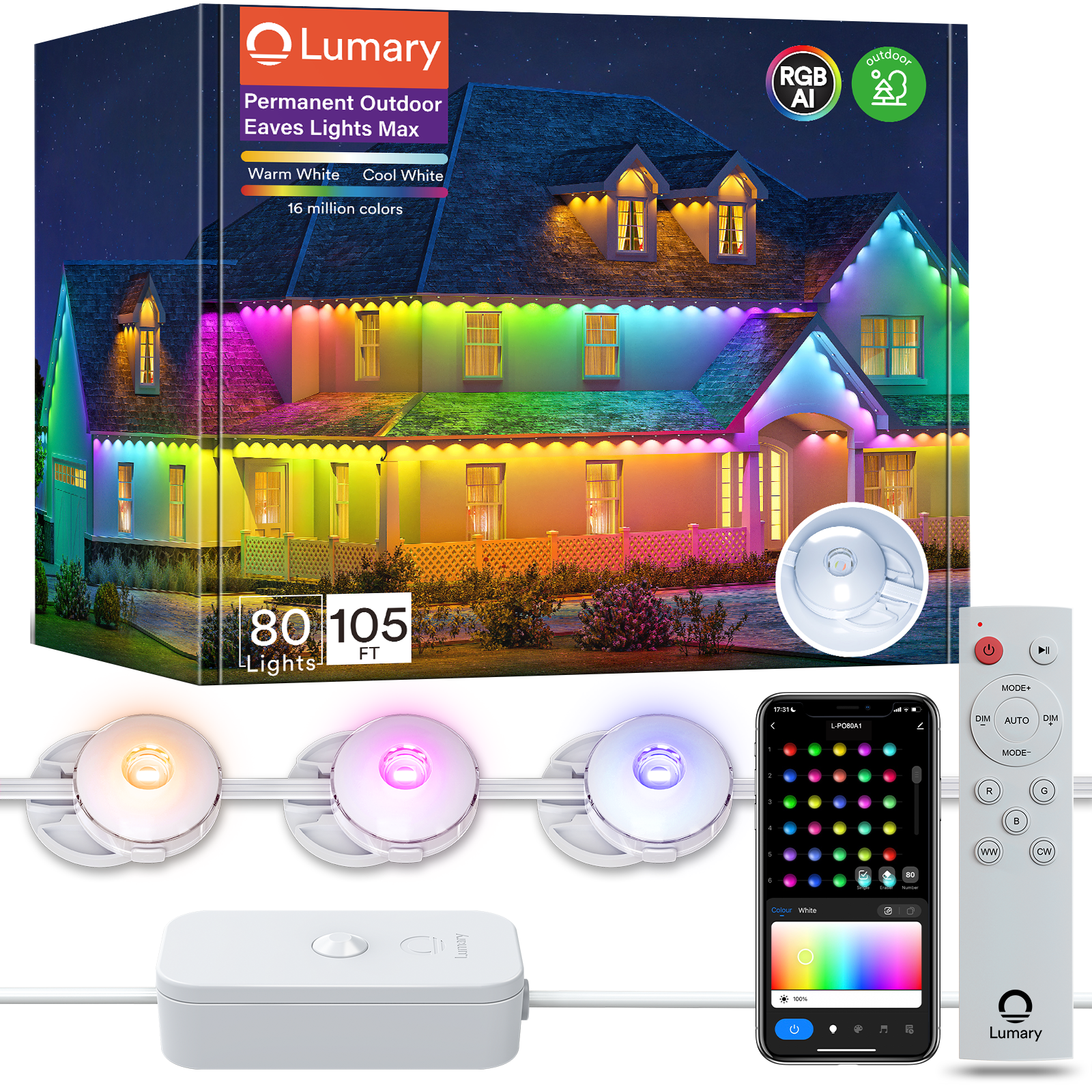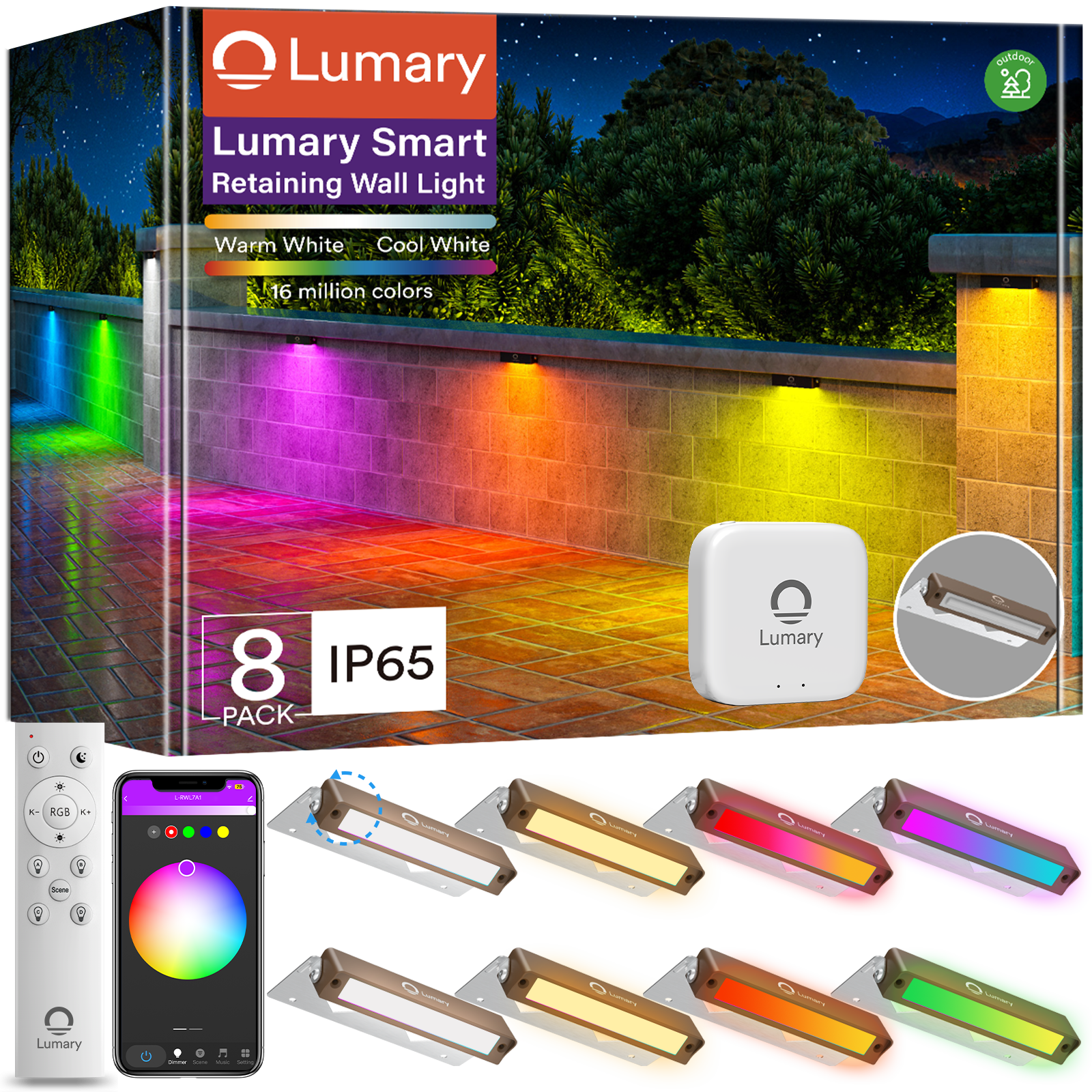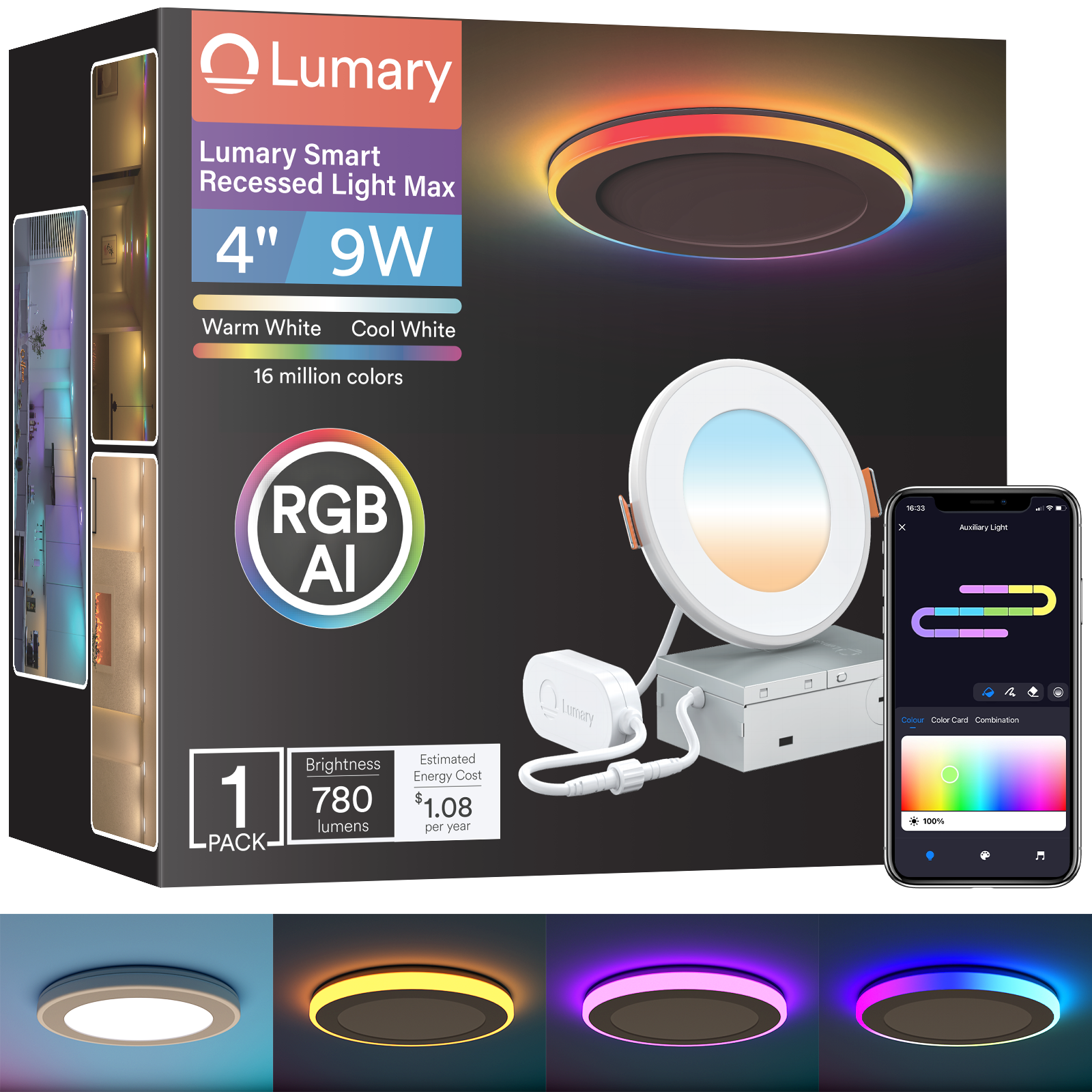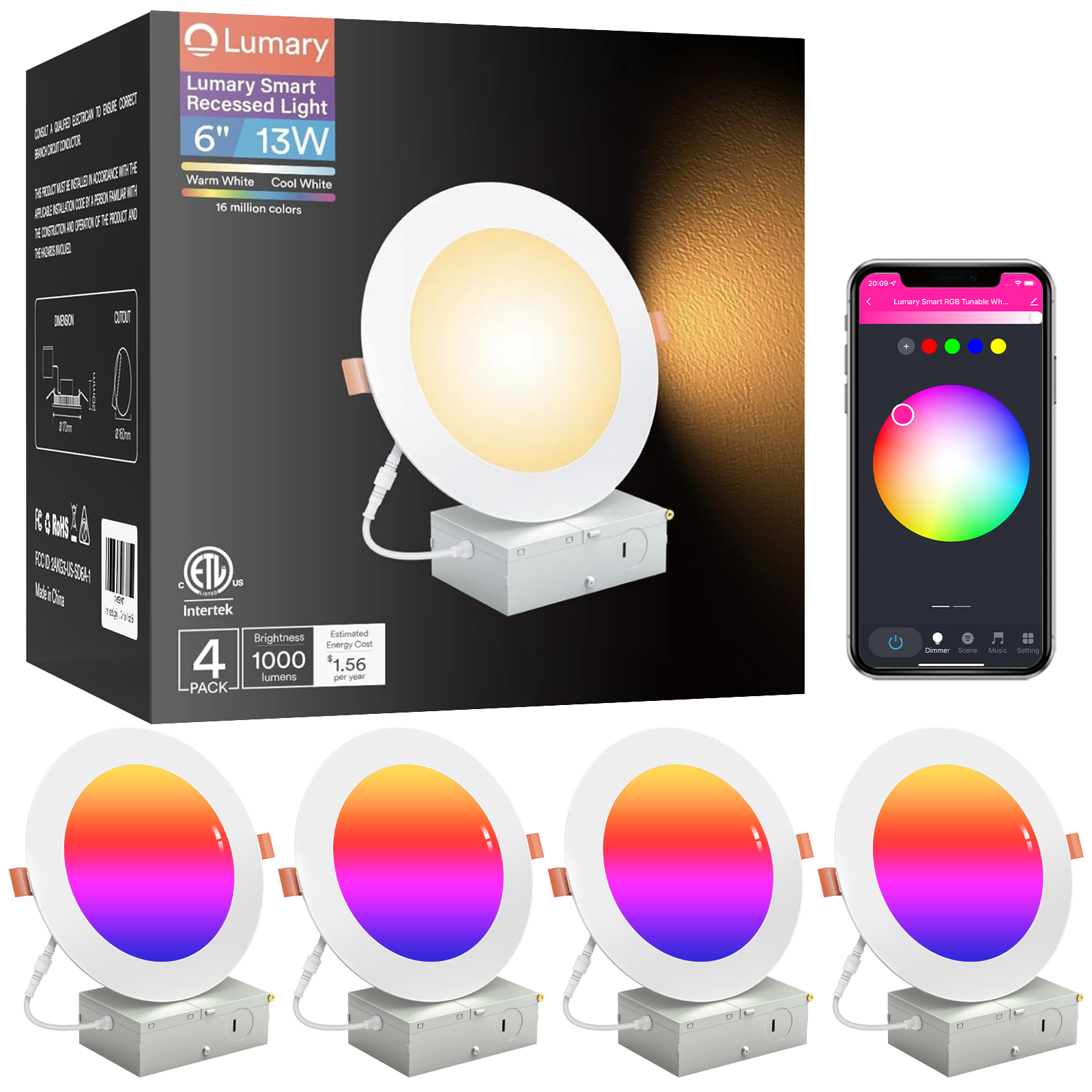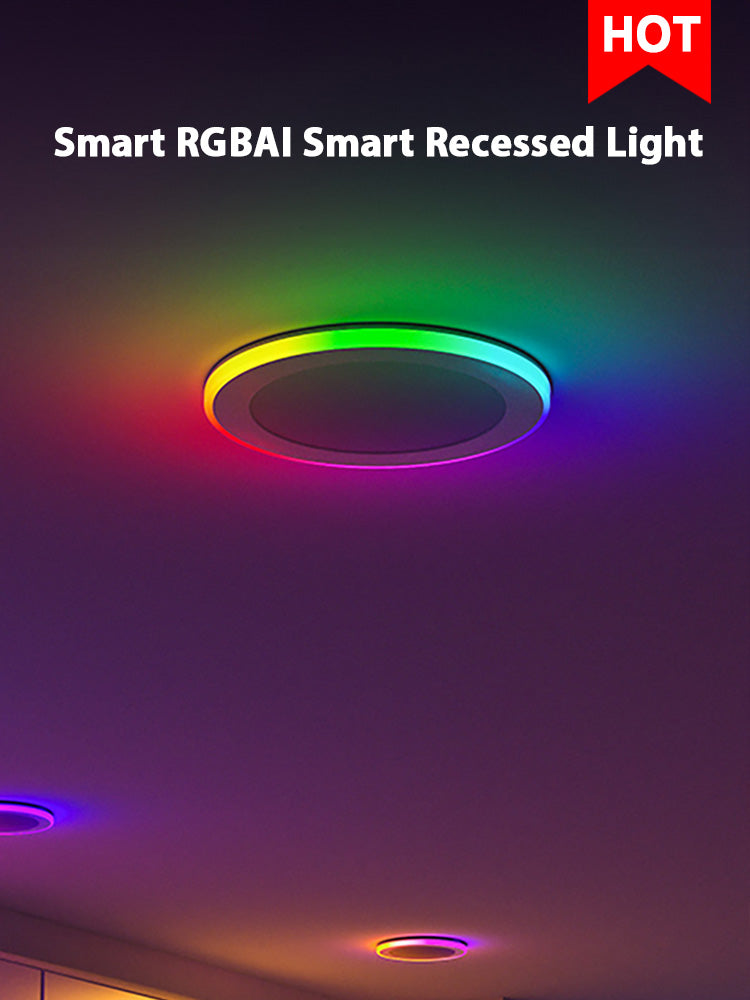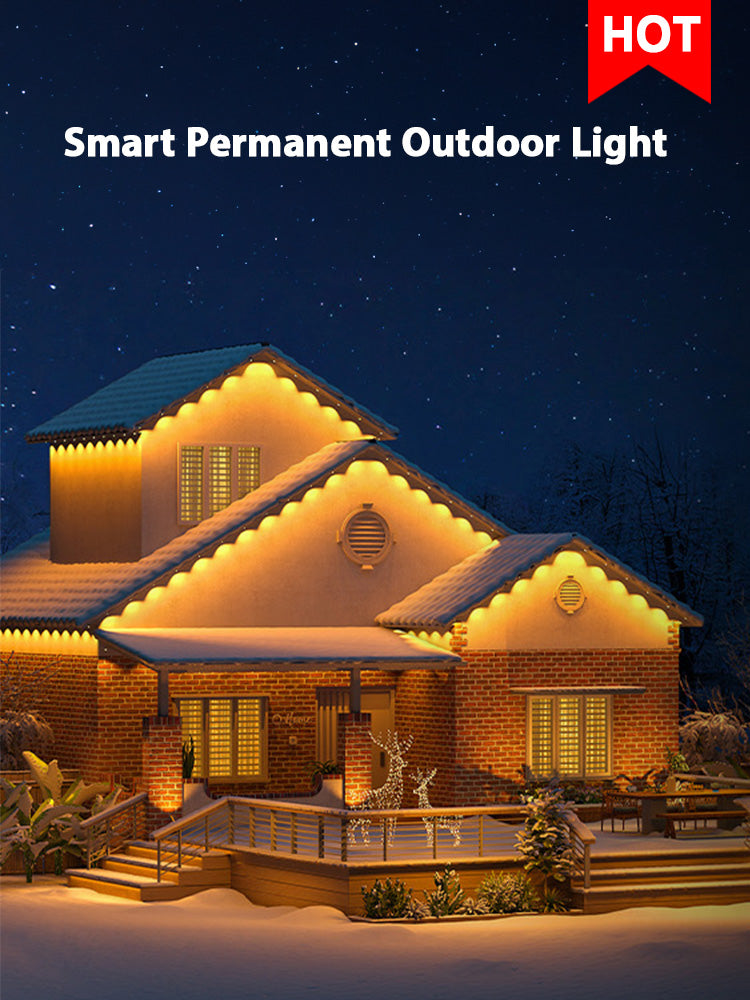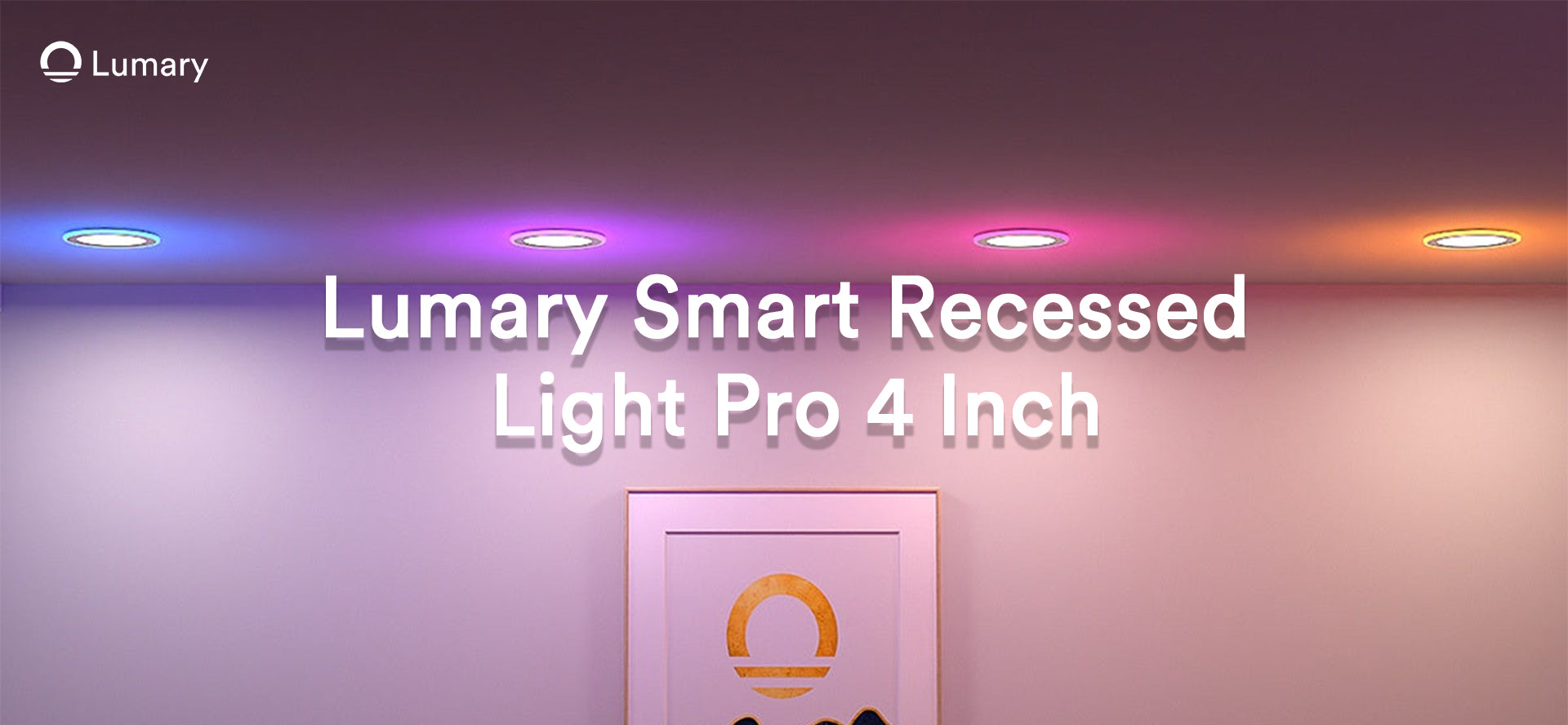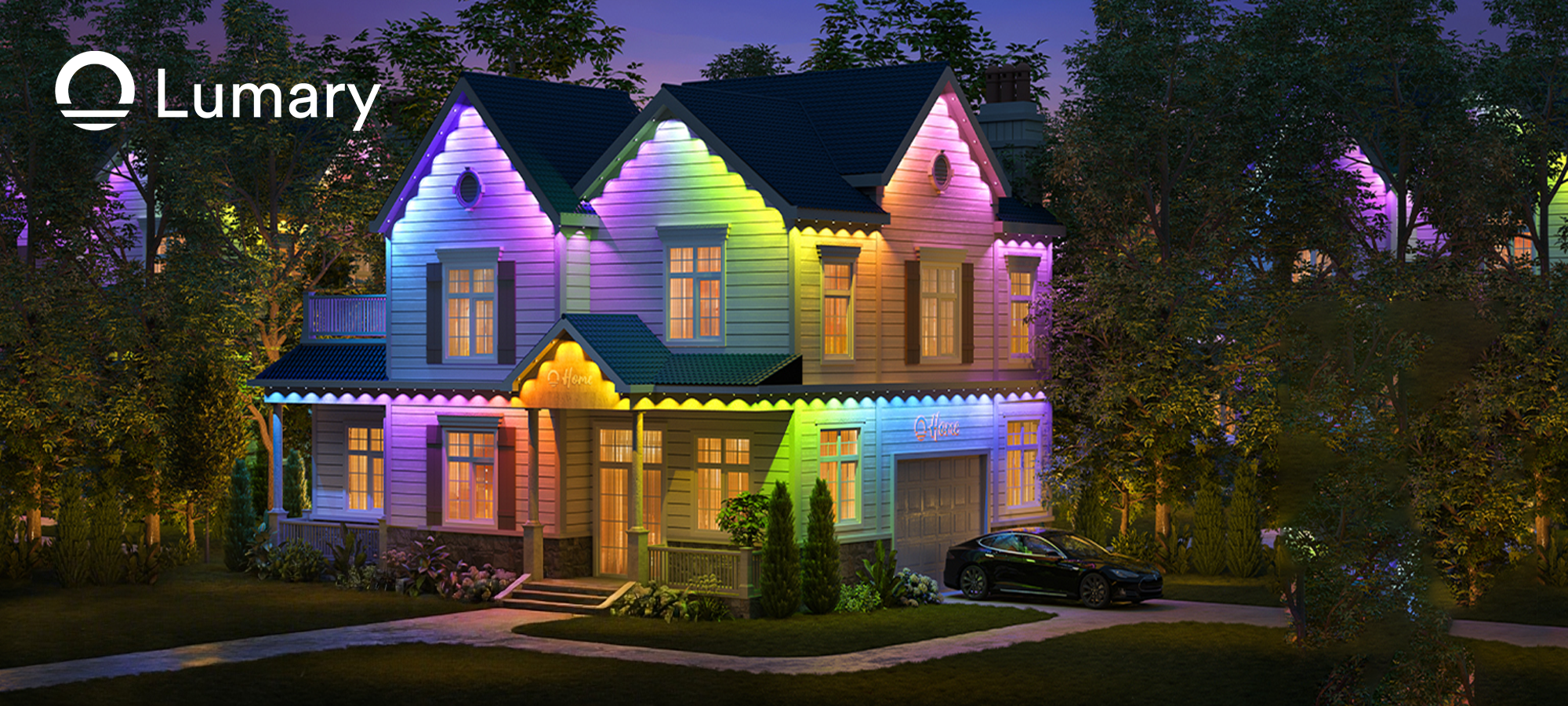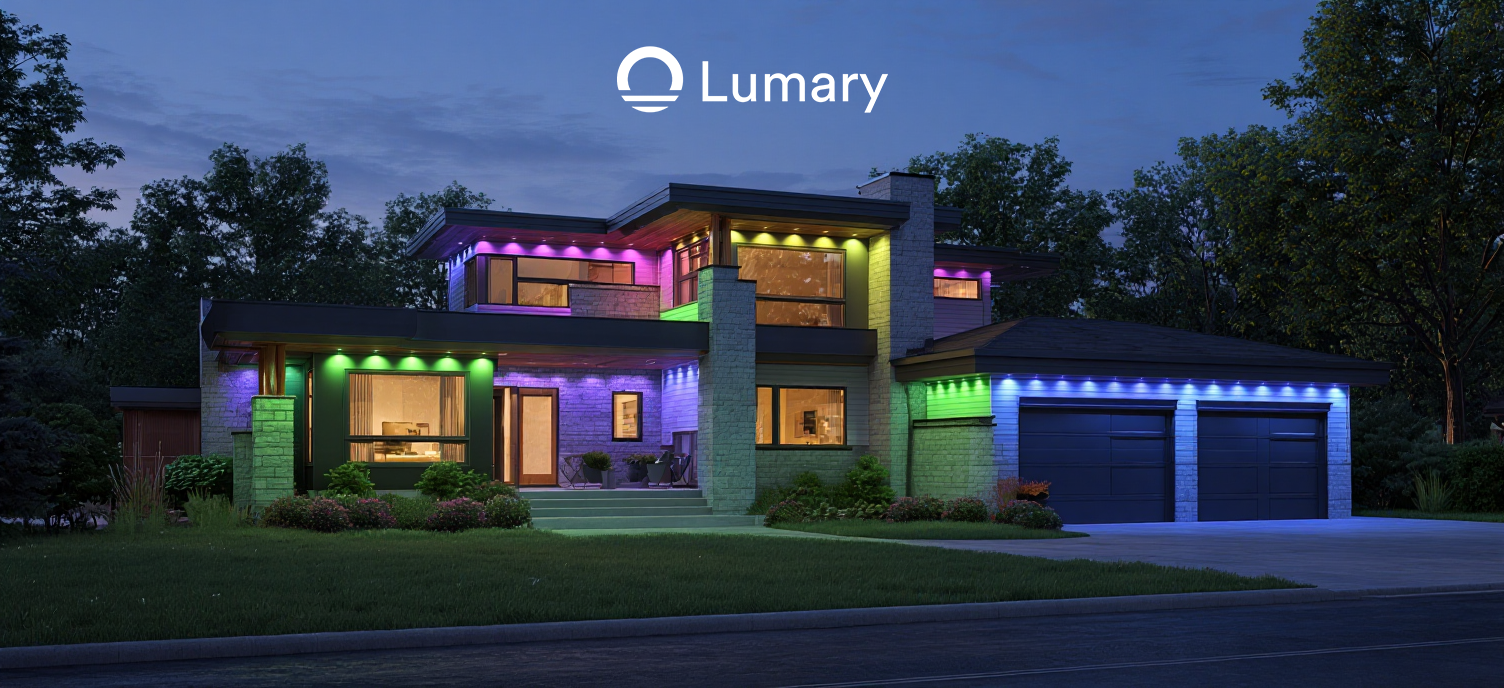Recessed lighting offers a sleek and modern way to illuminate spaces. Choosing the right type of recessed lighting is crucial for achieving the desired ambiance and efficiency. Recessed canless lights provide energy-saving benefits and ease of installation, making them a popular choice for many homeowners. These fixtures can enhance any room by providing even flood lighting or spotlighting specific features. The right recessed lighting can transform a space, making it both functional and aesthetically pleasing.
Understanding Can Recessed Lights

Features of Can Recessed Lights
Design and Structure
Can recessed lights, also known as downlights, feature a can-shaped housing that fits into an opening inside the ceiling. The light fixture sits recessed within the ceiling, making it nearly invisible from below. This design offers a clean and contemporary look. The housing usually attaches to poles for mounting and includes an electrical box on top. The trim of the fixture aligns with the ceiling surface, providing a seamless appearance.
Light Output and Efficiency
LED can lights have revolutionized illumination by combining the sleek design of traditional recessed lighting with advanced LED technology. These fixtures provide superior energy efficiency and longevity compared to traditional lighting solutions. LED can lights offer high-quality brightness while maintaining low energy consumption. This makes them an excellent choice for both residential and commercial spaces.
Installation Process
Required Tools and Materials
Installing can recessed lights requires specific tools and materials:
- Can light housing
- LED bulb
- Electrical box
- Mounting poles
- Wire connectors
- Screwdriver
- Wire stripper
- Measuring tape
- Drywall saw
Step-by-Step Guide
- Measure and Mark: Determine the placement of the can lights and mark the spots on the ceiling.
- Cut the Opening: Use a drywall saw to cut holes at the marked spots.
- Install the Housing: Attach the can light housing to the mounting poles and secure it within the ceiling opening.
- Connect the Wiring: Use wire connectors to link the electrical box to the house wiring.
- Insert the LED Bulb: Place the LED bulb into the housing.
- Attach the Trim: Secure the trim to the housing to complete the installation.
Pros and Cons
Advantages
- Aesthetic Appeal: Can recessed lights offer a sleek and modern look.
- Energy Efficiency: LED can lights consume less energy than traditional bulbs.
- Longevity: LED technology ensures a longer lifespan.
- Versatility: Suitable for various applications, including general lighting and spotlighting.
Disadvantages
- Complex Installation: Installing can lights involves cutting holes and connecting wiring, which may require professional assistance.
- Higher Initial Cost: LED can lights can be more expensive upfront compared to traditional lighting options.
- Maintenance: Accessing the fixture for maintenance or bulb replacement can be challenging due to its recessed nature.
Specific Use Cases
Ideal Environments
Can recessed lights excel in various environments. High ceilings benefit from the focused illumination provided by these fixtures. The can-shaped housing directs light downward, making it ideal for spaces requiring concentrated lighting. Large rooms, such as living rooms and kitchens, often use can recessed lights to create a bright and inviting atmosphere.
Commercial spaces also find can recessed lights beneficial. Offices and retail stores use these fixtures to provide consistent and efficient lighting. The sleek design of can recessed lights complements modern architectural styles, making them suitable for contemporary office settings.
Common Applications
Can recessed lights serve multiple applications. General lighting in residential spaces often relies on these fixtures. Homeowners use them in living rooms, bedrooms, and hallways to achieve uniform brightness. The unobtrusive design ensures that the lights blend seamlessly with the ceiling, maintaining a clean look.
Spotlighting specific features is another common application. Art galleries and museums use can recessed lights to highlight exhibits. The adjustable nature of these fixtures allows precise control over the direction of light, enhancing the visual appeal of displayed items.
Kitchens benefit greatly from can recessed lights. Task lighting over countertops and islands improves visibility during food preparation. The focused light helps in creating a functional workspace, reducing shadows and glare.
In bathrooms, can recessed lights provide essential illumination. Placing these fixtures around mirrors ensures even lighting, aiding in daily grooming tasks. The moisture-resistant options available make them suitable for damp environments.
Product Information:
- Can Recessed Lighting: Ideal for high ceilings and large rooms.
- LED Can Lights: Suitable for commercial spaces like offices and retail stores.
- Can Recessed Light: Perfect for general lighting, spotlighting, and task lighting in kitchens and bathrooms.
Understanding Canless Recessed Lights

Features of Canless Recessed Lights
Design and Structure
Canless recessed lights do not require a housing can. The LED bit integrates directly into the fixture. This design allows for more creative shapes and designs, including being almost completely flat. The slim profile makes these lights ideal for spaces with limited ceiling clearance. The absence of a can also simplifies the installation process.
Light Output and Efficiency
Canless recessed lights use LED technology, which consumes 80% less energy than standard bulbs. The LED bulbs in these fixtures produce a high level of brightness while maintaining low energy consumption. This energy efficiency leads to reduced energy costs over time. The long lifespan of LED bulbs minimizes the need for frequent replacements, making these lights a cost-effective option.
Installation Process
Required Tools and Materials
Installing canless recessed lights requires fewer tools and materials compared to can lights:
- Canless light fixture
- LED driver
- Wire connectors
- Screwdriver
- Wire stripper
- Measuring tape
- Drywall saw
Step-by-Step Guide
- Measure and Mark: Determine the placement of the canless lights and mark the spots on the ceiling.
- Cut the Opening: Use a drywall saw to cut holes at the marked spots.
- Connect the Wiring: Use wire connectors to link the LED driver to the house wiring.
- Insert the Fixture: Place the canless light fixture into the ceiling opening.
- Secure the Fixture: Use the built-in clips to secure the fixture in place.
Pros and Cons
Advantages
- Energy Efficiency: Canless recessed lights use LED technology, which consumes less energy.
- Ease of Installation: The absence of a can simplifies the installation process.
- Design Flexibility: The slim profile allows for more creative designs and shapes.
- Cost-Effective: Reduced energy costs and longer lifespan make these lights economical.
Disadvantages
- Limited Focus: Canless lights may not provide as focused illumination as can lights.
- Initial Cost: High-quality LED canless lights can have a higher upfront cost.
- Compatibility Issues: Some existing dimmer switches may not work with LED canless lights.
Specific Use Cases
Ideal Environments
Recessed canless lights excel in various environments due to their sleek design and energy efficiency. Kitchens benefit greatly from these fixtures, providing excellent illumination for cooking and meal preparation areas. The soft, ambient lighting creates a relaxing environment, enhancing the overall kitchen experience.
Offices also find recessed canless lights advantageous. These fixtures offer general ambient lighting, creating a productive work environment. Classrooms, libraries, and auditoriums use these lights for comfortable reading and learning activities. The low-profile design ensures that the lights blend seamlessly with modern architectural styles.
Art galleries and museums often utilize recessed canless lights to highlight artwork. The bright spots created by these fixtures draw attention to specific pieces, enhancing their visual appeal. The ability to produce vibrant colors and various lighting modes makes these lights ideal for showcasing exhibits.
Common Applications
Recessed canless lights serve multiple applications in both residential and commercial settings. In homes, these fixtures are perfect for general lighting in living rooms, bedrooms, and hallways. The unobtrusive design ensures that the lights sit flush with the ceiling, maintaining a clean and modern look.
Task lighting is another common application for recessed canless lights. Kitchens benefit from focused illumination over countertops and islands, improving visibility during food preparation. The bright, even light reduces shadows and glare, creating a functional workspace.
Bathrooms also gain from recessed canless lights. Placing these fixtures around mirrors provides essential illumination for daily grooming tasks. The moisture-resistant options available make them suitable for damp environments, ensuring long-lasting performance.
In commercial spaces, recessed canless lights enhance the interior decor while providing functional lighting. Offices, retail stores, and restaurants use these fixtures to create a welcoming atmosphere. The energy efficiency of LED technology reduces operational costs, making these lights an economical choice for businesses.
Direct Comparison: Can vs Canless Recessed Lights

Feature Comparison
Design and Structure
Can recessed lights feature a can-shaped housing that fits into an opening inside the ceiling. The light fixture sits recessed within the ceiling, making it nearly invisible from below. This design offers a clean and contemporary look. The housing usually attaches to poles for mounting and includes an electrical box on top. The trim of the fixture aligns with the ceiling surface, providing a seamless appearance.
Recessed canless lights do not require a housing can. The LED bit integrates directly into the fixture. This design allows for more creative shapes and designs, including being almost completely flat. The slim profile makes these lights ideal for spaces with limited ceiling clearance. The absence of a can also simplifies the installation process.
Light Output and Efficiency
Can recessed lights use LED technology, providing superior energy efficiency and longevity compared to traditional lighting solutions. These fixtures offer high-quality brightness while maintaining low energy consumption. This makes them an excellent choice for both residential and commercial spaces.
Recessed canless lights also use LED technology, which consumes 80% less energy than standard bulbs. The LED bulbs in these fixtures produce a high level of brightness while maintaining low energy consumption. This energy efficiency leads to reduced energy costs over time. The long lifespan of LED bulbs minimizes the need for frequent replacements, making these lights a cost-effective option.
Installation Comparison
Ease of Installation
Can recessed lights involve a more complex installation process. Installing these lights requires cutting holes and connecting wiring, which may require professional assistance. The installation process can be time-consuming and may involve additional steps like securing the housing and attaching the trim.
Recessed canless lights offer a simpler installation process. The absence of a can simplifies the steps involved. Homeowners can often install these lights without professional help. The built-in clips make securing the fixture quick and easy. This makes recessed canless lights a convenient option for DIY projects.
Required Tools and Materials
Can recessed lights require specific tools and materials for installation:
- Can light housing
- LED bulb
- Electrical box
- Mounting poles
- Wire connectors
- Screwdriver
- Wire stripper
- Measuring tape
- Drywall saw
Recessed canless lights require fewer tools and materials:
- Canless light fixture
- LED driver
- Wire connectors
- Screwdriver
- Wire stripper
- Measuring tape
- Drywall saw
Pros and Cons Comparison
Advantages
Can recessed lights offer several advantages:
- Aesthetic Appeal: Provide a sleek and modern look.
- Energy Efficiency: Consume less energy than traditional bulbs.
- Longevity: Ensure a longer lifespan with LED technology.
- Versatility: Suitable for various applications, including general lighting and spotlighting.
Recessed canless lights also have notable benefits:
- Energy Efficiency: Use LED technology, which consumes less energy.
- Ease of Installation: Simplified process due to the absence of a can.
- Design Flexibility: Slim profile allows for more creative designs and shapes.
- Cost-Effective: Reduced energy costs and longer lifespan make these lights economical.
Disadvantages
Can recessed lights come with some drawbacks:
- Complex Installation: Involves cutting holes and connecting wiring, which may require professional assistance.
- Higher Initial Cost: LED can lights can be more expensive upfront compared to traditional lighting options.
- Maintenance: Accessing the fixture for maintenance or bulb replacement can be challenging due to its recessed nature.
Recessed canless lights have their own set of disadvantages:
- Limited Focus: May not provide as focused illumination as can lights.
- Initial Cost: High-quality LED canless lights can have a higher upfront cost.
- Compatibility Issues: Some existing dimmer switches may not work with LED canless lights.
Use Case Comparison
Ideal Environments
Can recessed lights excel in spaces with high ceilings. The can-shaped housing directs light downward, making it suitable for large rooms. Living rooms and kitchens benefit from the bright and focused illumination. Commercial spaces like offices and retail stores also find these fixtures beneficial. The sleek design complements modern architectural styles.
Recessed canless lights suit areas with limited ceiling clearance. The compact design allows for quick and easy installation. These lights work well in kitchens, providing excellent illumination for cooking areas. Offices and classrooms use these fixtures for general ambient lighting. Art galleries and museums highlight artwork with the bright spots created by these lights. The slim profile ensures a seamless blend with modern decor.
Common Applications
Can recessed lights serve multiple applications. General lighting in residential spaces often relies on these fixtures. Homeowners use them in living rooms, bedrooms, and hallways. The unobtrusive design maintains a clean look. Task lighting over countertops and islands improves visibility during food preparation. Bathrooms gain essential illumination around mirrors for grooming tasks.
Recessed canless lights offer versatility in both residential and commercial settings. Living rooms, bedrooms, and hallways benefit from the unobtrusive design. Kitchens enjoy focused illumination over countertops and islands. Bathrooms use moisture-resistant options for long-lasting performance. Offices, retail stores, and restaurants create a welcoming atmosphere with these fixtures. The energy efficiency of LED technology reduces operational costs.
Frequently Asked Questions (FAQs)
Common Concerns
Cost Considerations
Recessed lighting involves initial costs that vary based on the type of fixture. Can recessed lights typically have a higher upfront cost due to the need for housing, mounting poles, and additional components. The installation process may also require professional assistance, adding to the overall expense.
Canless recessed lights, while often more affordable in terms of materials, can still present a higher initial cost if opting for high-quality LED fixtures. However, the simplified installation process can reduce labor costs. Over time, the energy efficiency of LED technology in both can and canless lights leads to reduced energy bills, making them cost-effective in the long run.
Maintenance and Durability
Maintenance and durability are crucial factors when choosing between can and canless recessed lights. Can recessed lights offer a longer lifespan due to their robust housing and LED technology. However, accessing the fixture for maintenance or bulb replacement can be challenging due to its recessed nature.
Canless recessed lights also boast impressive durability, thanks to integrated LED technology. The absence of a housing can simplifies maintenance tasks. The long lifespan of LED bulbs minimizes the need for frequent replacements, ensuring consistent performance over time.
Specific Scenarios
Retrofits and Renovations
Retrofits and renovations often involve updating existing lighting systems. Can recessed lights can be an excellent choice for retrofitting older homes with high ceilings. The focused illumination provided by these fixtures enhances the overall ambiance of large spaces. However, the installation process may require cutting holes and connecting wiring, which could necessitate professional help.
Canless recessed lights offer a more straightforward solution for retrofits and renovations. The slim profile and ease of installation make these fixtures ideal for updating modern spaces. Homeowners can often install canless lights without professional assistance, making them a convenient option for DIY projects.
New Constructions
New constructions provide an opportunity to incorporate the latest lighting technologies. Can recessed lights suit new builds with high ceilings and large rooms. The sleek design complements contemporary architectural styles, providing bright and focused illumination.
Canless recessed lights excel in new constructions with limited ceiling clearance. The compact design allows for quick and easy installation, making these fixtures perfect for modern homes. The energy efficiency and long lifespan of LED technology ensure that new constructions benefit from reduced operational costs and consistent performance.
Lumary Smart Recessed Light Pro 4 Inch: An excellent example of canless recessed lighting, offering three distinct lighting modes and over 16 million colors. This product combines style, functionality, and smart technology, making it a versatile choice for various needs and occasions.
Choosing between can and canless recessed lights depends on various factors. Can lights provide greater flexibility in changing decor and offer a traditional look. Canless lights, however, integrate all components directly into the fixture, making them more energy-efficient and space-saving. Each type has unique advantages and disadvantages. Consider individual needs and preferences when making a decision. Evaluate the specific requirements of the space to determine the best lighting solution. Both options can enhance the ambiance and functionality of any room.

